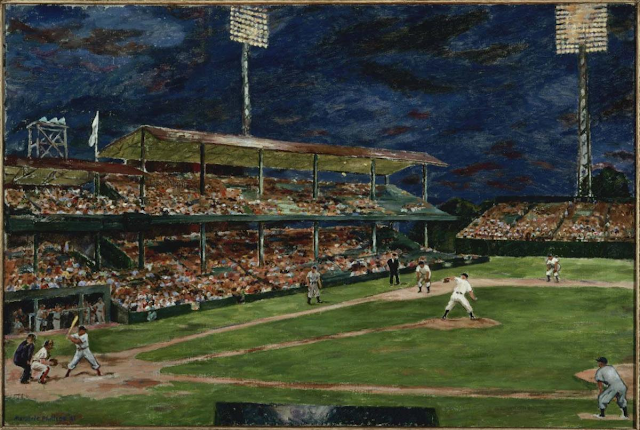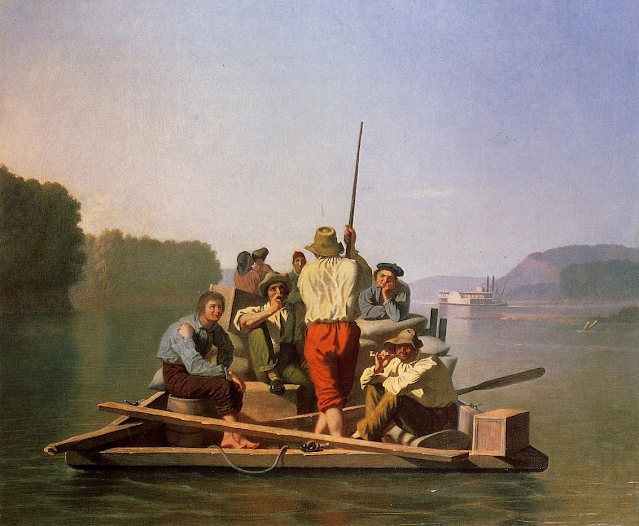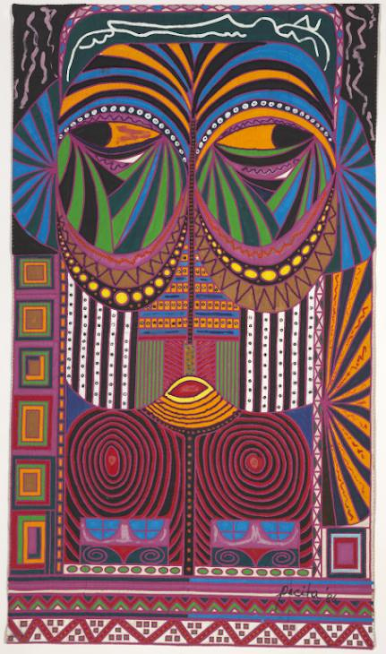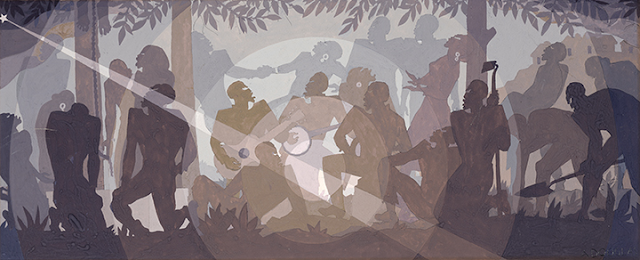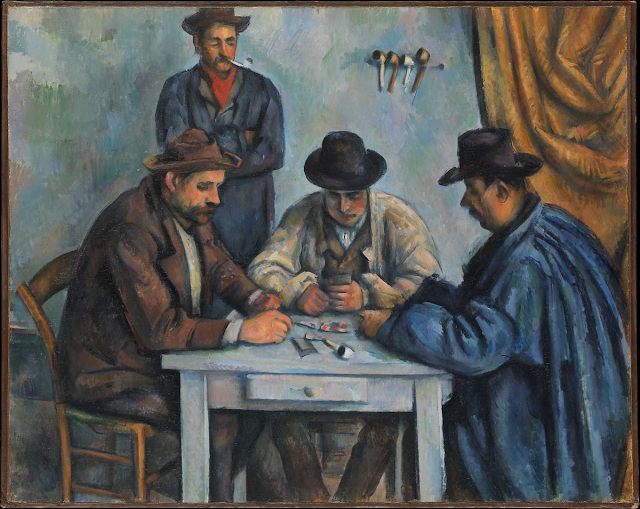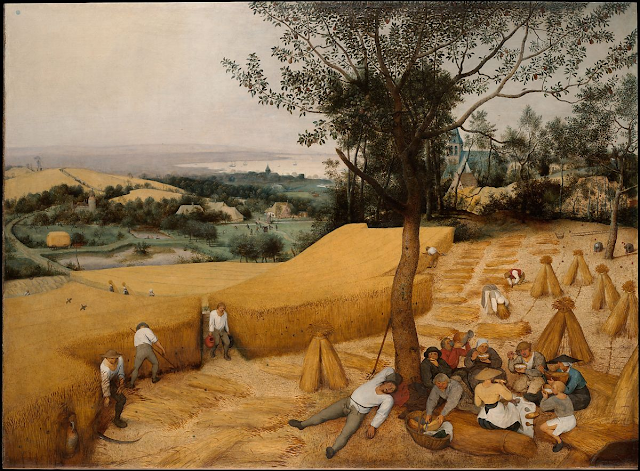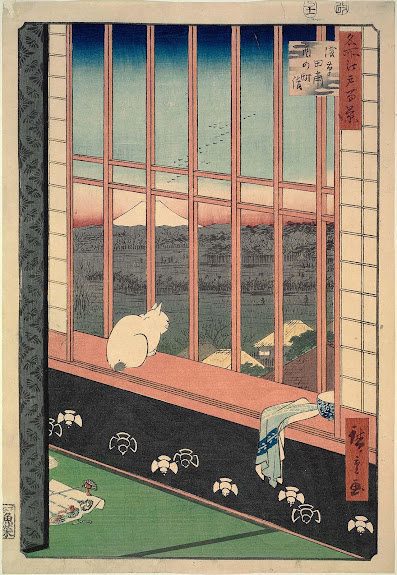Maxfield Parrish "Dream Castle in the Sky"

This week as we end another year, I chose a painting about dreams, looking into the future. As with all Art, we, as viewers, are allowed to take what the artist has presented to us and make our own decisions about its meaning. And, each day, those opinions may change depending on the trials and joys of our own life. This week's artist is Maxfield Parrish (1870-1966). He is remembered today as primarily a commercial artist and illustrator. He was an artist whose work was so well accepted he financially profited, so after 1920 his focus was mainly painting. It is known that at the height of his career one in four American homes owned some type of Parrish's work. It could have been a print, an illustrated book, or a magazine cover. Today it is possible in an antique or collectable store to find an old frame preserving a Parrish illustration once removed from a magazine or calendar. "Dream Castle in the Sky" is large and the painting was created as a




